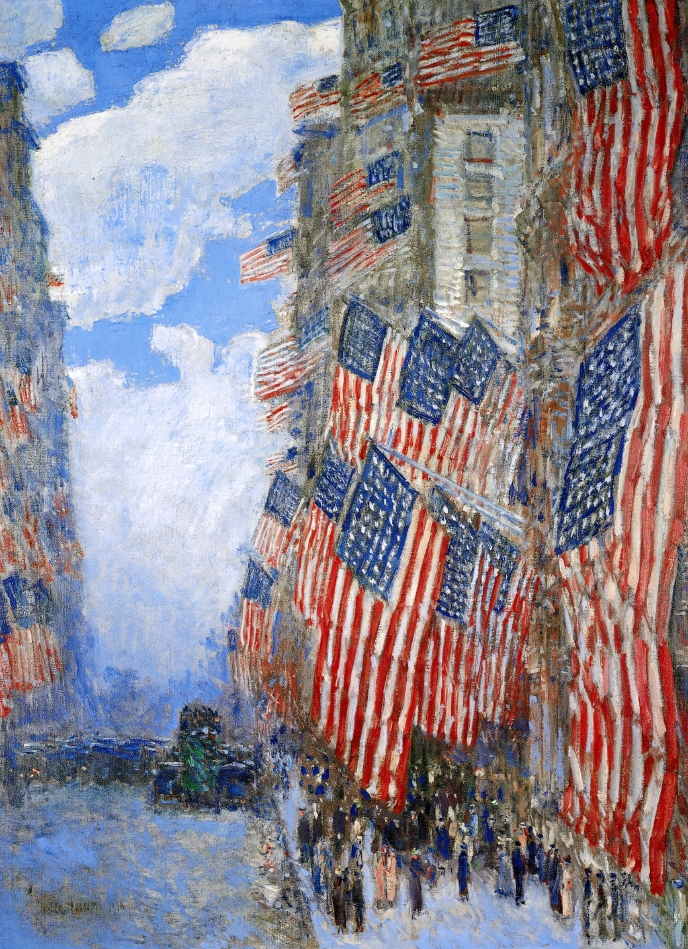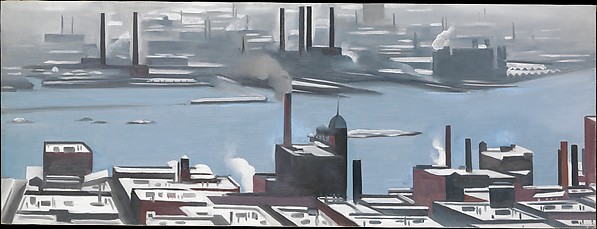This book presents an audacious account of the ways in which the arts in the Americas were modernized during the first half of the twentieth century. Rather than viewing modernization as a steady progression from one ‘ism’ to another, Edward J. Sullivan adopts a comparative approach, drawing his examples from North America, the Caribbean, Central and South America. By considering the Americas in this hemispheric sense he is able to tease out many stories of art and focus on the ways in which artists from different regions not only adapted and experimented with visual expression, but also absorbed trans-national as well as international influences. He shows how this rich diversity is most evident in the various forms of abstract art that emerged throughout the Americas and which in turn had an impact on art throughout the world.

Diego Rivera - House over the Bridge, Museo Nacional de Arte (MUNAL), Mexico City, Mexico

Diego Rivera - House over the Bridge, Museo Nacional de Arte (MUNAL), Mexico City, Mexico

Childe Hassam, The Fourth of July, 1916, New York Historical Society

Georgia O'Keeffe, East River from the Shelton Hotel, The Metropolitan Museum of Art
- Laurence King Publishing Ltd.
- Hardback
- 140 illustrations
- 336 pages
- 9½ x 6½ in
- ISBN 9781786271556
- Published March 2018
Comments
Post a Comment